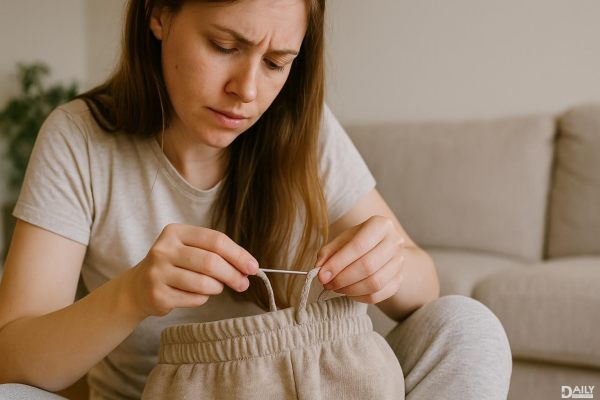Probiotic powder is beneficial bacteria for our bodies. We often see many advertisements about probiotic powder and understand that it is good for our gut flora.
The proliferation of probiotic powder in the human intestines can effectively enhance the body's digestive and absorptive capabilities. On the other hand, the proliferation of probiotic powder in the human intestines can effectively inhibit the growth of other harmful bacteria.
Generally, the intestines of normal adults have a good amount of probiotic bacteria. However, for newborns, there may be a lack of probiotic bacteria, leading to digestive issues. Therefore, many mothers choose to give their babies probiotic products. Today, let's explore what to pay attention to when giving probiotic powder to newborns aged 0-3 months.

1. Choose the Right Product
There are various probiotic products on the market, but most are for adults or older children, with fewer options for newborns. Therefore, it is crucial to choose a product specifically designed for newborns. Currently, a suitable product for newborns is the Life Space Probiotic Powder for 1-6 months old. It can be given to babies 30 days after birth and contains 8 essential strains of beneficial bacteria for multi-level health support, with 5.5 billion CFUs that can withstand stomach acid and bile to ensure the effectiveness of the probiotics. It is chosen by 200 million mothers—check its reputation.
The probiotic needs of babies vary at different stages. Parents should adjust the probiotic intake according to their baby's development. For example, for babies over 6 months old, the Australian Life Space Baby Probiotic Powder with higher active bacteria (view more) is more suitable, as it can effectively reduce issues like eczema, constipation, diarrhea, and loss of appetite.
2. Take with Warm Water
Take the probiotic powder with warm water. The reason for this is that the probiotics in the product are live and active. In simple terms, these probiotics are "fresh," and only such probiotics have the ability to proliferate. If we use hot water to mix the probiotic powder, it can easily cause the probiotics to lose their activity. Probiotics live in our intestines, and their optimal survival temperature is body temperature, so we should keep the water temperature below 37°C.
3. Control the Dosage
Control the dosage carefully. The reason for this is that we take probiotic powder hoping it will proliferate smoothly in the intestines. For a population to proliferate, a certain number is needed. We know that our stomach secretes gastric acid, which means the environment in the digestive tract is very harsh when probiotics first enter the body. If the amount of probiotics is insufficient, they may lose activity before reaching their destination. Therefore, to ensure enough probiotics reach their destination, we need to control the dosage—not too little, not too much. Another reason is that the competition for survival among bacteria also depends on their numbers.
4. Control the Duration
Control the duration of intake. Many mothers stop giving their babies probiotics after just one or two days or one or two doses. When asked why they do this, the usual response is that they feel it's enough, but in reality, it often isn't what we expect. Taking probiotics requires a continuous period to achieve the desired effect. Naturally, most of us are not experts in this, so we should follow the advice of doctors or nutritionists. Following their recommendations is the right approach.
Alright, that's the topic I brought to you today—how to scientifically give probiotic powder to newborns aged 0-3 months. I hope it helps some friends.
























